What happens if we could make any kind of thing by printing it out? And what then happens if our printing costs under $300, like the little iBox Nano?
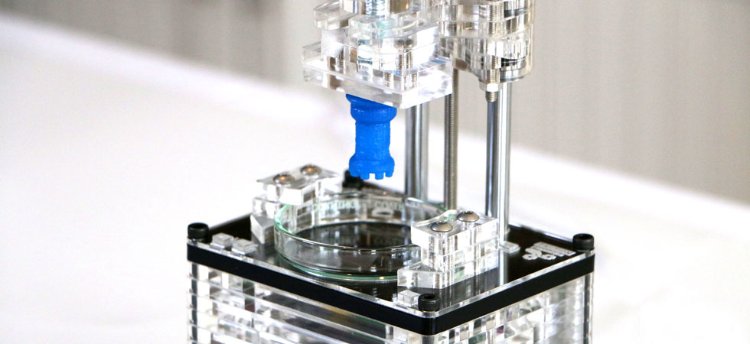
What happens if we start to print out cars… like the US digital manufacturing firm, Local Motors?
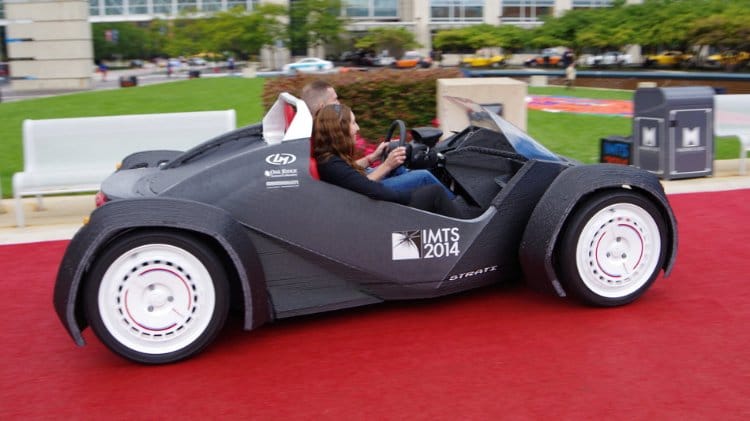
What happens if we start to print out cookies… like the Oreo’s 3D Cookie Vending Machine does?
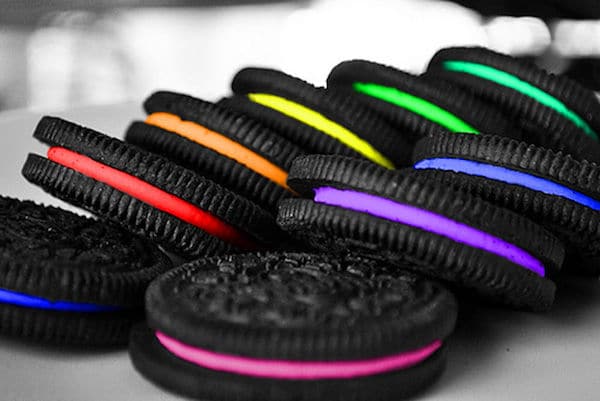
What happens if we start to print out clothes… like Noa Raviv, the Tel Aviv fashion designer?
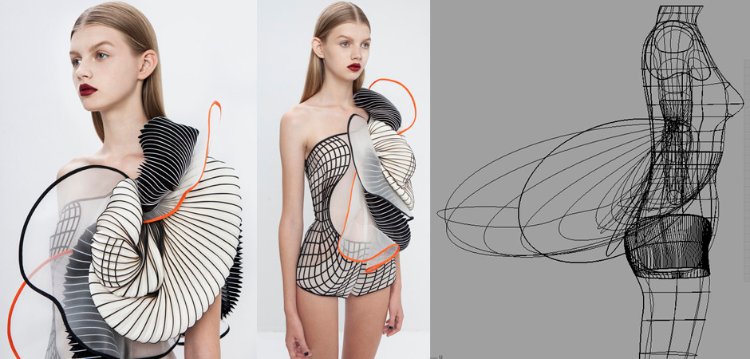
Or shoes… like Jenna Fizel and Mary Huang at Continuum Fashion?
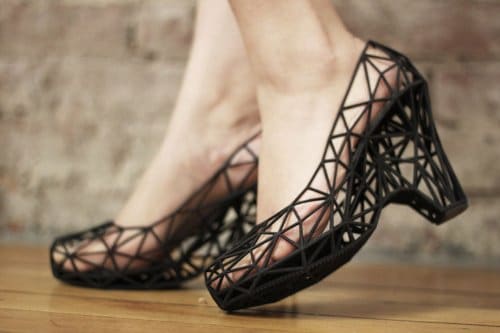
Or houses… like the $5000 (plus fixings) 200 square meter house by a company based in Suzhou, China?
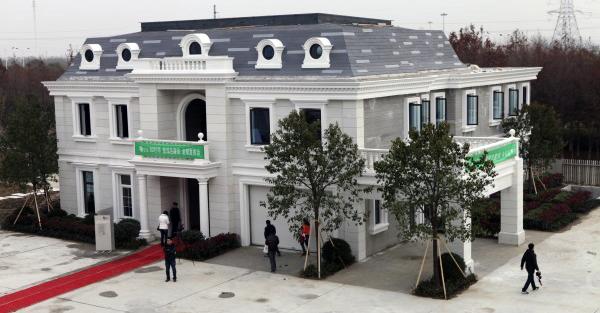
Or furniture… like Philippe Stark’s 3D-printed custom furniture?
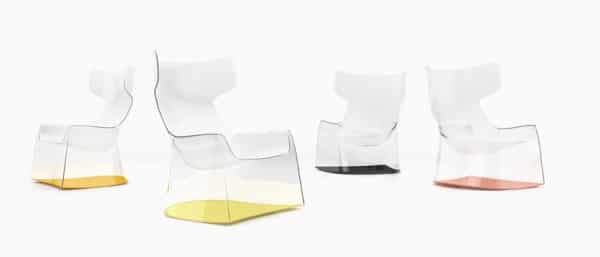
What this means is; one day soon – almost tomorrow – any object will be able to be printed out producing almost any material.
The list already includes plastic, glass, soybean base, silicone, polyurethane, wood filler, clay, ceramics, icing sugar, Nutella, conductive paint, metal, rubber, nylon, wood, concrete, stem cells and other organic matter.
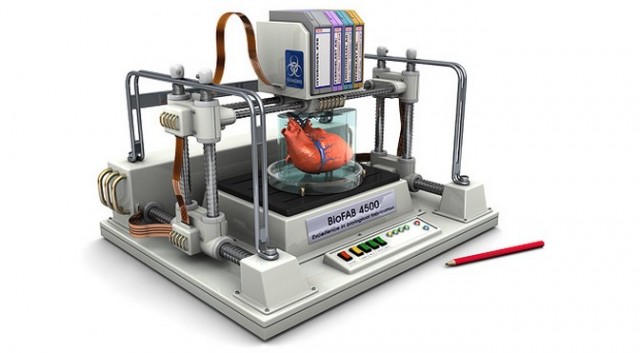
The 3D printing age is changing many things, and this is merely the introduction/growth phase. My prediction is that 3D Printing will be more revolutionary than the Internet.
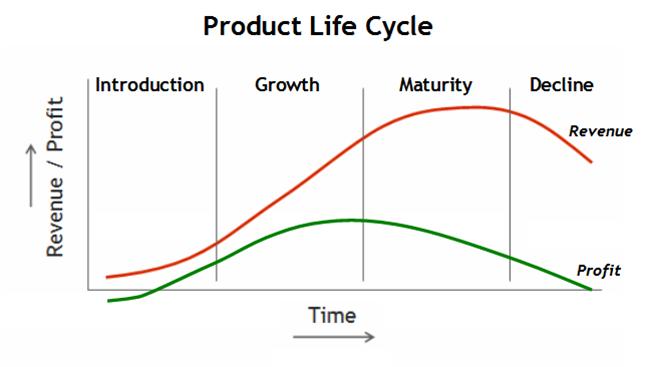
What this means is… objects, including edible objects, could be designed in any place in the world, or even in space. The European Space Agency and Foster + Partners are already building a moon base using 3D Printing. The design will sit in a digital file (e.g. . stl, .obj, .zpr, .3ds, .wrml, .dae file format) that could then be emailed anywhere in the world and then the object could be printed out by a 3D printer, by consumers at home, retailers and manufacturers.
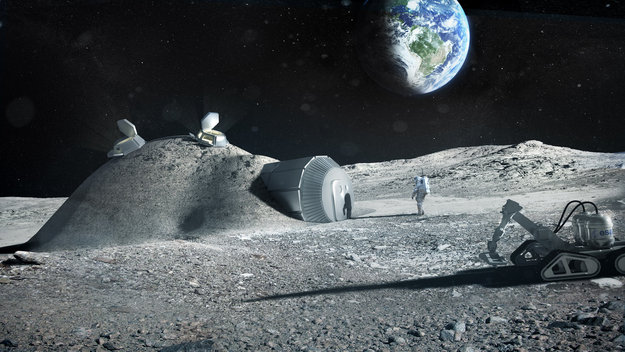
3D printing changes many things, including the nature of logistics, transportation, value chains, consumption, retail, and manufacture. The global transportation of many bulky objects becomes as small as an email of design files. Domestic production becomes customized production. Retail becomes Printail. Manufacturing vanishes.

The age of shrinkage is here to stay, almost every industry sector is shrinking. Sometimes we get lucky: commodity prices drive expansion for a while (cf. Australia’s mining boom). But overall, in the big picture, all sectors – primary, secondary, tertiary; industrial or post-industrial – now employ fewer people and generate less wealth than they did five years, ten years or fifty years ago.
The end of the knowledge economy.
In the 1970s, manufacturing declined in OECD countries. In place of manufacturing, we got the knowledge economy. The biggest expansion of the information industries; the universities; public sector industries (education hospitals). Now the knowledge economy is shrinking; the post-industrial era is at an end. The big matchup has arrived. Something different is setting on the horizon.
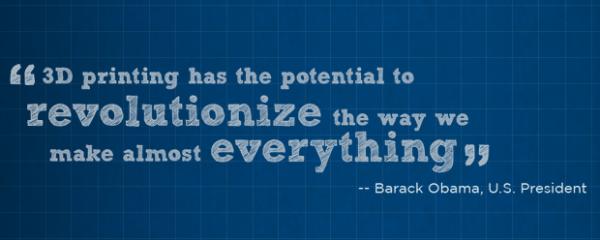
What happens when we go to a shop to buy cookies that are not manufactured in one country, packaged, put in a vessel, sent half way around the world to another country, put on a truck, stored in a warehouse, and then sold in a store?
What happens instead when the cookie is designed by a former manufacturing firm that is now a fully digitized 3D printing firm that invents cookie styles and builds printers that retailfacturers have in their aisles from which customers order – from amongst thousands of design options – what they want and print these out (bagged-up in a very nice also printed-out bio-degradable designer bag) and served by a 3D printed robot. According to the BBC, there’s a restaurant in China, where robots cook and serve the food. So when will it all become commercial and mass-market?

Personal computers at the start of the 1980s was for hobbyists; it was mostly in the realm of ‘popular science’ and laboratories. That is true today of 3D printing. By the mid-1990s the PC had arrived at businesses and organizations, and was expanding into homes.
What is on the horizon?
The end of the post-industrial era. The transformation of commercial logistics and transportation (global reduction; local increase). The re-imagining of business chains and the development of new kinds of vertical integration. The growth in the importance of customization and ‘presumption’. The further fusing of personalisation, design, technology, and art in production – the creation of a true, and more efficient economy.
Written by: Derin Cag (Founder & CEO at Richtopia.com)





